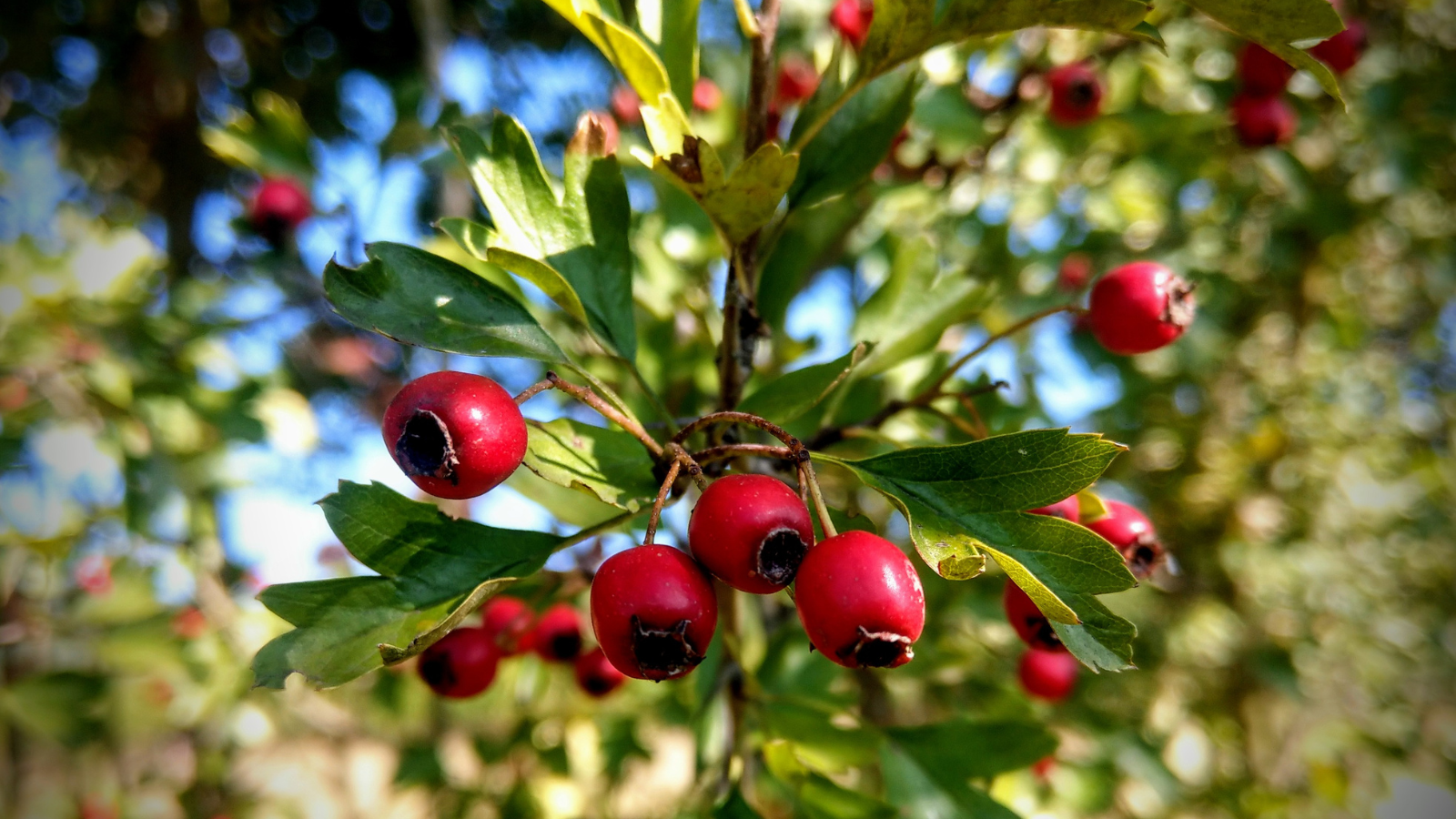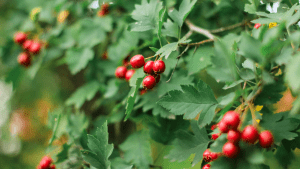Hawthorn
(Crataegus monogyna)
The hawthorn holds not only ecological significance but also cultural and practical value. Its remarkable ability to foster diverse ecosystems and combat climate breakdown makes it a cherished presence in the British countryside.
Scientific Name: Crataegus monogyna
Family: Rosaceae
Average Height: The hawthorn typically reaches a height of 5-8 metres, although some exceptional specimens may grow up to 15 metres tall.
Average Canopy spread: The average canopy spread of the hawthorn spans between 4-8 metres, providing a delightful and generous shade.
Preferred Ground Conditions/Habitat: This delightful tree prefers well-drained soils and can thrive in a variety of habitats, including woodlands, hedgerows, meadows and even urban parks and gardens. Its adaptability and resilience have made it a cherished guest in the UK landscape.
How to Identify Hawthorn
Hawthorn Leaf ID: The hawthorn's leaves are deciduous, small and lobed, with serrated edges. They take on a vibrant green hue during spring and summer, painting the landscape with life.


Hawthorn Flowers ID: In the late spring, the hawthorn adorns itself with a stunning display of delicate, creamy-white flowers, arranged in clusters known as 'inflorescences'. These fragrant blossoms attract various pollinators, bringing a lively buzz of activity to the surrounding environment.
Hawthorn Fruit ID: As summer draws to a close, the hawthorn produces small, red, berry-like fruits called 'haws'. These nutritious and somewhat tart fruits are a vital food source for numerous birds and small mammals throughout the autumn and winter months.


Hawthorn Bark ID: The hawthorn's bark is smooth and grey-brown when young, gradually developing deeper fissures and a very rugged and rough texture with age.
What Native UK Wildlife Does Hawthorn Support and How Does It Support Them?
The hawthorn stands as a haven for a diverse range of wildlife in the UK. Its abundant flowers attract bees and other hoverflies, bolstering local populations and enhancing biodiversity. The blossoms of hawthorn, with their sweet (some say sickly sweet) scent and abundant nectar, attract butterflies like the orange-tip (Anthocharis cardamines), brimstone (Gonepteryx rhamni) and small copper (Lycaena phlaeas). The hawthorn moth (Scythropia crataegella) is even named after its close association with this tree.
The tree's haws are a vital food source for birds such as thrushes, blackbirds and fieldfares, as well as small mammals like dormice. Additionally, the dense foliage and thorny branches of the hawthorn provides excellent nesting sites and shelter for numerous bird species, making it a vital habitat for their survival.

Properties and Uses of Wood/Parts of the Hawthorn
The hawthorn holds not only ecological significance but also cultural and practical value. Historically, its wood has been favoured for crafting tools, including agricultural implements and fine woodwork. The dense, hard wood is excellent for making walking sticks and tool handles. Additionally, the tree's thorny branches have been traditionally used for hedging, creating sturdy and impenetrable boundaries between fields. Its significance in folklore and mythology adds to its allure, making the hawthorn an iconic and cherished species in the UK's natural and cultural heritage.
Start your tree planting journey today. Join I Dig Trees and be a part of something truly special.
Together, we’re taking positive action - planting millions of trees for climate, wildlife and communities.
